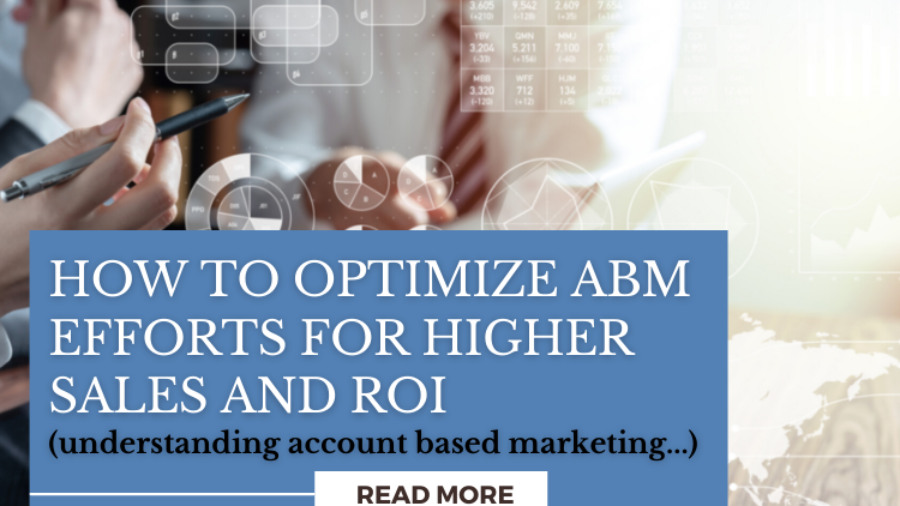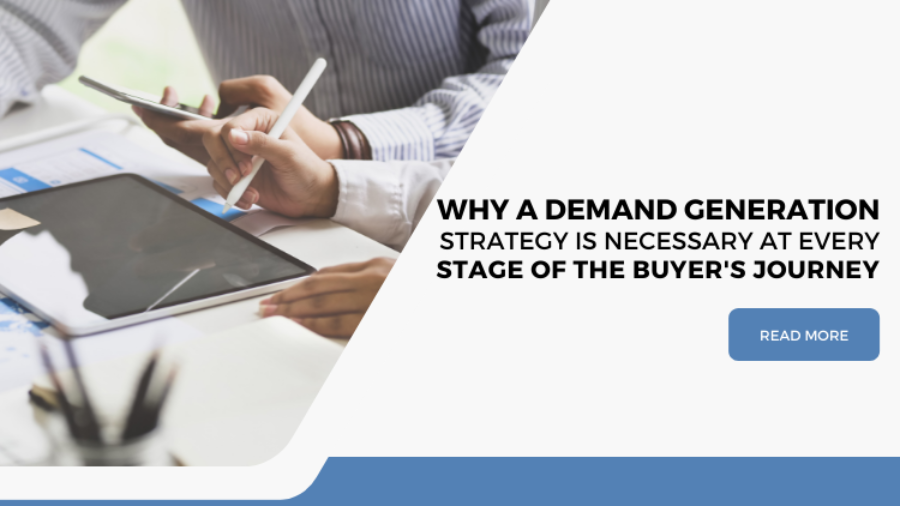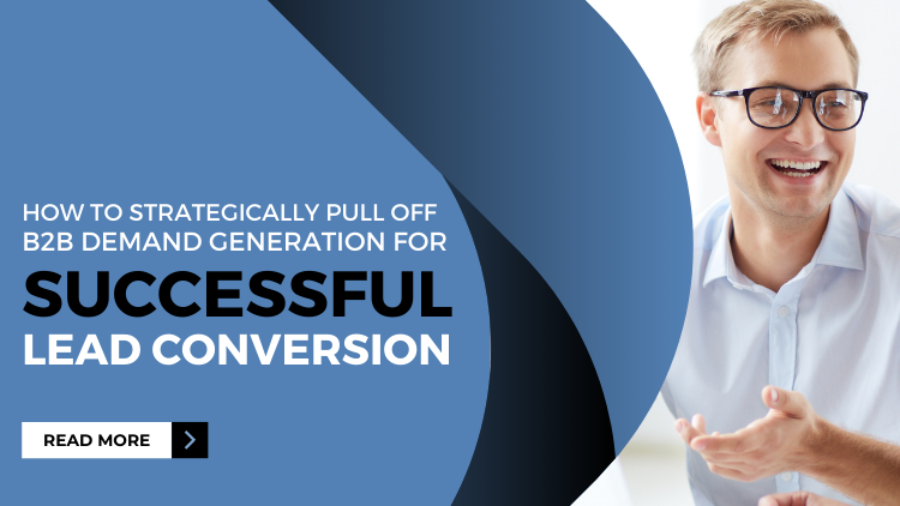B2B lead conversion and sales can increase exponentially with a focused marketing approach. ABM is a unique activity in which sales and marketing teams collaborate and come together to target and convert the best–fit accounts into customers. If you are looking to focus on the highest possible ROI you need to pay attention to high-value accounts that can bring spectacular results.
This blog throws light on understanding ABM and how to optimize ABM efforts for more sales.
ABM can solve a lot of b2b problems and ease lead conversion-
- ABM solves the challenge of not being able to show clear and measurable results in terms of the ROI. ABM being a focused activity, one of its main goals is to prioritize ROI. ABM can deliver the highest return on investment with dedicated efforts and resources focusing on building relationships with clients and nurturing leads
- ABM also addresses the problem of accountability of resources in terms of time, efforts and results
- ABM addresses one of the major challenges of b2b organizations- bringing the sales and marketing teams together and on the same page. It’s impossible to achieve spectacular results in ABM if sales and marketing teams work in silos. So ABM requires them to collaborate and this solves the major hurdles of b2b companies.
So what makes ABM the way it is and what are its different elements that make it so special?
Targeting high-value accounts– ABM allows you to target right accounts that are worth your time and efforts. Accounts that are of strategic value, ones that are service-fit, ones that give high gains, quick conversions, etc. are the focus of ABM.
Personalization– ABM being a much-focused activity, you can run personalized campaigns that facilitate building strong relationships and rapport with the targeted accounts.
ABM and ROI –
- As per the survey conducted by Marketo, almost 97% of marketers achieved the expected ROI compared to any other marketing channel or activity
- Almost 84% of b2b marketers say account based marketing activities and results are far superior as compared to results of other marketing activities
- Almost 208% more revenue achieved by companies that have their sales and marketing teams aligned
So how do you optimize your ABM programs to finally achieve the above benefits?
Define high-value accounts– Use all of the data that you have and use intent data as well to clearly define whom you want to target and the accounts that are of high value. Discover these accounts and prioritize focused approach to reach out and engage.
Identify key decision makers– One of the most significant elements that play a crucial role in shortening the b2b sales cycle is the decision makers and key internal players. Identifying these key decision makers and players will get your ABM campaigns into real action.
Create personalized messaging– Content plays a crucial role in sales and in your ABM campaigns. It’s one of the most effective communication tools to reach out and engage the high value accounts. Keep them informed and provide essential and crucial insights from time to time.
Identify crucial channels- Getting in front of your audience and staying in their eye-line is very important for getting those high-value accounts. Consider the top notch channels where your high value prospects spend maximum time.
Execute precisely as planned- Planning is very important for ABM programs. As a focused activity, the execution needs to be well planned out and carried out with the help of dedicated resources.
Measure and analyze- Measuring and analyzing results is crucial in ABM. This gives you a clear idea of what is working and what is not. It will also give you an opportunity to improvise each time.
Conclusion-
ABM can be a rewarding marketing activity. All you need to do is have a strategic plan for carrying out the campaigns successfully from start to end and also have the right insights and knowledge about ABM.




